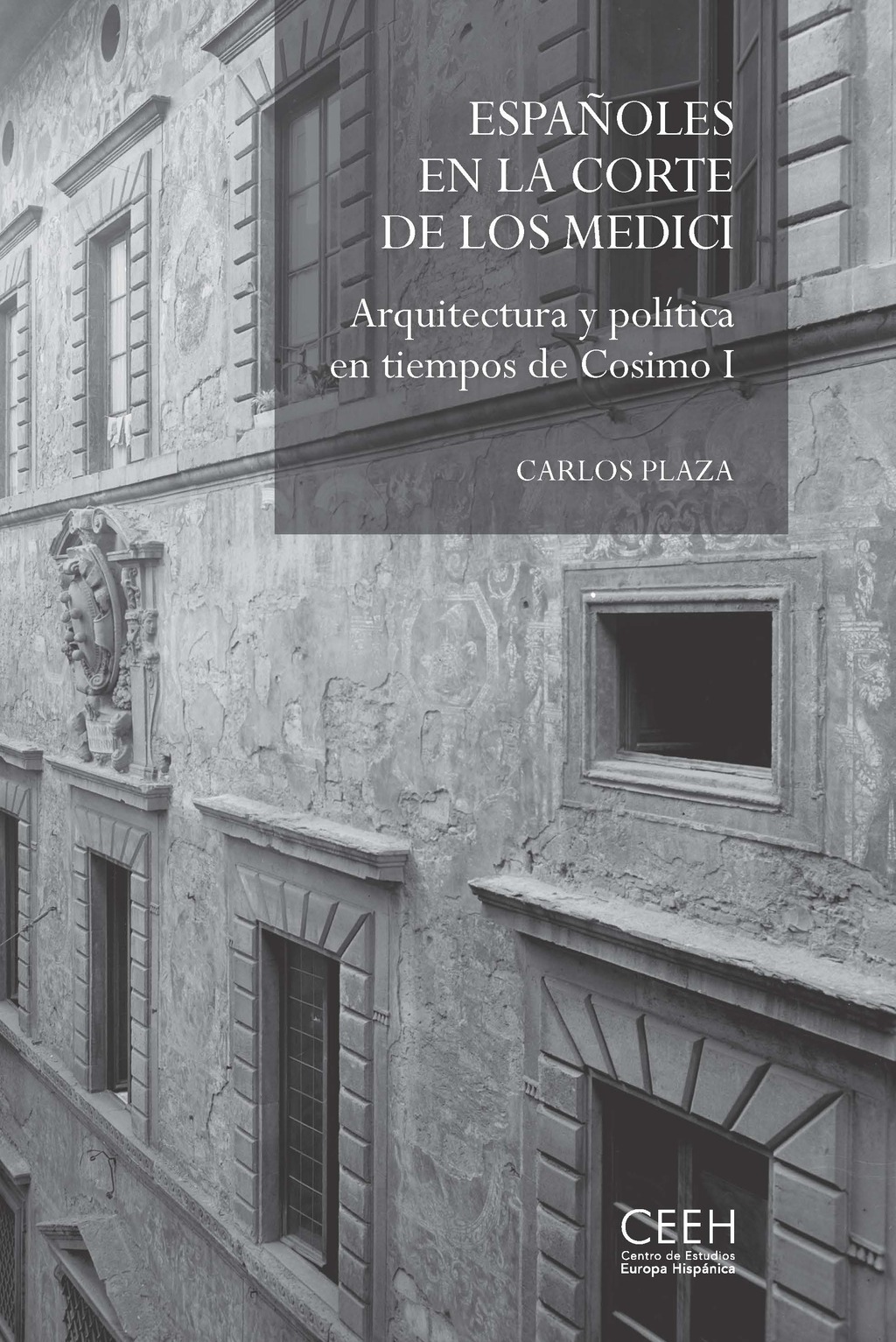Author
Carlos Plaza
Characteristics
468 pages; 225 b/w and color illustrations; flapped paperback; 17 x 24,5 cm
Publication
Spanish; preface by Howard Burns; 2016
ISBN
978-84-15245-56-8
Price
€33,66
Buy on our site and save 5% on this book until April 30
(coupon code: DÍA DEL LIBRO)
When Cosimo I arrived in Florence from exile in 1537, Italy was a complex stage where Spain, France and the Papacy played out their rivalry. Cosimo very soon became a vassal of Charles V and was pivotal to achieving his objectives in Italy; in return, the emperor helped him rise politically and financially and attain a higher noble rank. This circumstance, coupled with Cosimo’s marriage to Eleonora of Toledo – a member of one of the most influential families of the Spanish court – led him to surround himself with the gens nova who emerged under the protection of the new state to replace the Florentine families of the old elite and among whom a number of Spaniards enjoyed great prominence.
After describing Spain’s extensive presence in the city, Plaza focuses on some of the implications of the close ties between Florence and Spain in the sixteenth century in order to analyse at length the buildings commissioned by Spaniards, which resulted in some of the most significant examples of Florentine and Italian architecture of the second half of the Cinquecento. The relationship between politics and architectural language in Cosimo I’s day is explored through a study of three people and their palazzos: Antonio Ramírez de Montalvo, the duke’s favourite; Fabio Arrazola de Mondragón, Francesco I’s right-hand man; and Baltasar Suárez de la Concha, balì of Florence.
Carlos Plaza earned an international doctorate from the schools of architecture of Seville and Florence. While studying under A. Belluzzi in Florence, he furthered his knowledge with H. Burns at the Scuola Normale Superiore di Pisa. He has been a Mellon Fellow at Villa i Tatti – Harvard University and a post-doctoral researcher at the Kunsthistorisches Institut in Florenz – Max Planck Institut. He combines teaching and research with his work as an architect.

